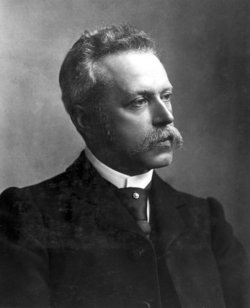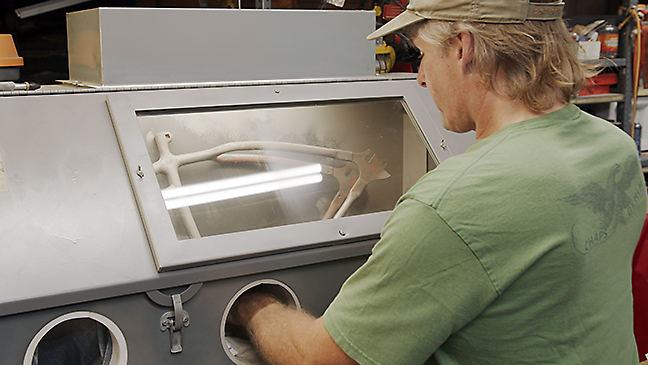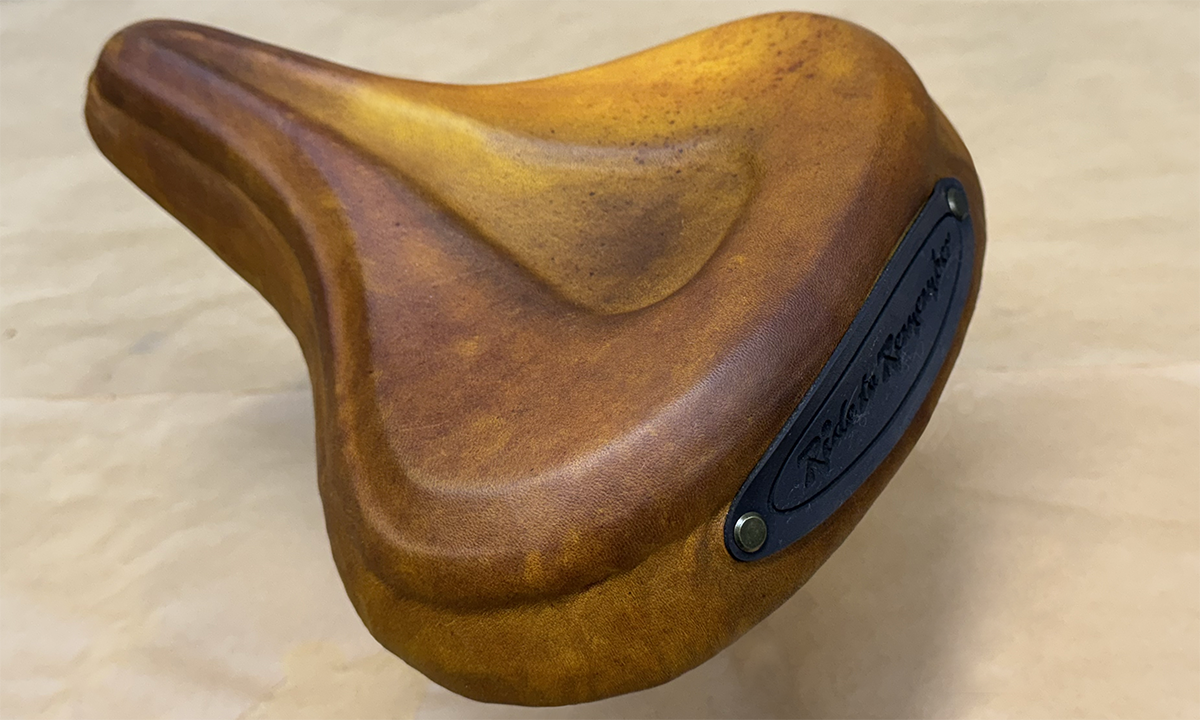Ubiquitous, we mostly take the wheel for granted, today for most, a once revolutionary idea goes without a second look. Countless iterations of such a foundational concept end up creating a form of thought complacency. Its akin to a child and its parents — the parents have been there before the child became cognizant and at first blush require no analytical thought by the child. At some point we all go through small awakenings regarding our world and its components. One of my early ones was wrapping my small young mind around how those damn bicycle wheels hold themselves up.
So, today’s youth would just ask Grok…
“A spoked wheel stays together through:
- Tensioned spokes pulling inward, keeping them straight.
- Hub holding spoke ends, resisting inward pull.
- Rim under compression from spokes, maintaining shape.
This tension-compression balance allows the wheel to be both strong and flexible.”

As a child, my analysis was that the solid spokes just kept the center hub and rim tied together by the pulling force exerted in both directions. If a spoke or two or three failed, no big deal. Isn’t it amazing that something so revolutionary in its time can later be seen (though not fully understood) by a child as such a simple concept.
The story of the spoked wheel is closely tied to human progress, especially in transportation, warfare, and industry. It was a game-changer, lighter and faster than the solid wheels before it.
The earliest wheels, dating back to 3500-3000 BCE in Mesopotamia, were solid disks. Spoked wheels showed up around 2000 BCE in the Eurasian steppes, likely with the Sintashta culture. These lighter, more flexible wheels were key to chariots, transforming warfare and trade.
Spoked wheels were lighter, absorbed shocks better, and used less material, making them practical and efficient. By 1700 BCE, they were central to Egyptian chariots, and by the Iron Age (1200 BCE), designs had improved for heavier loads or faster speeds.
The Greeks and Romans further adapted them for carts and wagons. Over time, spoked wheels evolved into bicycle wheels, car wheels, and modern high-tech designs. From ancient chariots to modern highways, the spoked wheel remains one of humanity’s most impactful inventions.

The use of various metals (bronze and iron) for reinforcement of the spoked wheel dates back as far as 1800BC. But the thin metal spokes under tension are modern invention — attributed to bicycle builder John Kemp Starley, c1880. This British gentleman is to thank for ridding the world of the penny-farthing. Now I ask you, just how many lives did he save?

My plan for prepping the Eligin’s wheels for the ride was as follows. Strip and chrome the rims (the original finish was silver paint), inspect and service the hubs, replace the spokes and of course new rubber. Breaking the wheels down it was surprising to me how well these had survived the past 90 years. Though no longer true, they were still ridable. Aside from a few bent spokes and some crispy hard bearing grease, both wheels could have been re-greased and put into service. But just making them usable wasn’t going to b enough, I needed for them to be able to survive the 200 mile ride. And of course not place me at a mechanical disadvantage to completing my task.
After stripping the paint from the rims some areas of pitting came into view. I used a little body solder to fill the most offensive looking pits and the rims were ready for the chrome shop.

On to the hubs, once broken down and run through the “trusty” Harbor Freight parts washer (soak, scrub repeat 5X) I was able to closely inspect the components. The chrome coating on the bearings seemed in good shape and the hub bodies look excellent. The coaster brake bits were really in great shape and the drum was hardly worn. I think this Elgin was more thrown about than actually ridden, cosmetically its appearance belies its mild wear.

The brake arm is stamped Bendix, not being a historian of Elgins, I assumed that the bike had a Bendix hub. But when summoning the spirit of the late great Sheldon Brown (via the internet, of course) to aide in my selection and placement of grease for the hub’s reassembly, down the rabbit hole I went. The innards of my Elgin’s hub were not that of a Bendix. As it turns out the period appropriate hub would be a Sear’s label JC Higgins made by Musselman. Maybe my ride wasn’t un-abused at all? Could it have been someone’s hanger queen? Who knows, regardless its all mine now.

Attribute: sheldonbrown.com / Harris Cyclery
Thanks to all who keep the Sheldon Brown site alive, I’ve been referring to it for help and history since the late 90’s. Once again the ghost of Sheldon pulled my head from the rabbit hole and delivered the exact reference I sought…
So with the aide of Sheldon Browns site, I was able to get the original service page for my coaster brake. Greased and reassembled, spokes at the ready, it was time to lace the wheels.
Lacing patterns or the layout of how the spokes are aligned between the hub and the rim, vary. The patterns affect wheel strength, weight, and performance. Here are the most common lacing patterns:
1. Radial Lacing (0-Cross)
- Description: Spokes go straight from the hub to the rim without crossing any other spokes.
- Pros: Lightweight, aerodynamic, and reduces spoke stress.
- Cons: Less strength and shock absorption; not suitable for high torque loads (e.g., rear drive wheels).
2. 1-Cross (1X)
- Description: Each spoke crosses one other spoke before reaching the rim.
- Pros: Slightly stronger than radial, still lightweight.
- Cons: Not commonly used except for small wheels or special applications.
3. 2-Cross (2X)
- Description: Each spoke crosses two others before attaching to the rim.
- Pros: Good balance of strength and weight; sometimes used on smaller wheels.
- Cons: Less common for standard-sized wheels.
4. 3-Cross (3X)
- Description: Each spoke crosses three others before reaching the rim.
- Pros: Most common lacing pattern; provides excellent strength, durability, and shock absorption.
- Cons: Slightly heavier due to longer spokes.
5. 4-Cross (4X)
- Description: Each spoke crosses four others before attaching to the rim.
- Pros: Very strong; used for heavy loads, tandems, or cargo bikes.
- Cons: Requires longer spokes, adds weight, and may not fit all hubs/rims.
6. Snowflake Lacing
- Description: Alternating spokes are twisted together before attaching to the rim.
- Pros: Aesthetic appeal, sometimes claimed to increase wheel stiffness.
- Cons: Hard to true, higher stress on spokes, and not widely used.
Tangential vs. Radial Lacing
- Radial spokes (0X) go straight out, while tangential spokes (2X, 3X, 4X) angle outward, improving torque transfer and wheel strength.
For most bicycles, 3X lacing is standard for strength and longevity, while radial lacing is used on lightweight front wheels.
So I started with a 3 Cross pattern for the spokes and as I worked my way around the wheel the and as I inserted the last spokes a feeling of doom set in. My spokes were too long, but how could that be? I had measured the originals and checked the size of the replacements against the originals, what gives? Thoroughly vexed I pulled up a photo of the wheel prior to teardown. One look and problem solved — solved in a very cool way as the lacing pattern was originally 4 cross. Honestly, I had paid little attention to the original lacing pattern of the wheels as I disassembled them. Changing the pattern increased the distance from the hub to the rim for each spoke, now my spokes were the required length.
My finished wheels are certainly pretty. I really only appreciated the shape of the cross-section of the rim after trying to wipe it clean of my fingerprints. It is really a tribute to the influence from the waning Art Deco period. The profile is boldly rounded at the center and then a soft but pronounced curve to the wide edge of the rolled bead. The hubs received much the same styling, very rounded transitions with not a crisp edge to be found. I would be reticent not mention my awe of the cooling fins and oil fittings, truly higher end attributes on a bargain priced bike.
I was surprised by the desire of the original designers of these bikes to constantly innovate and improve their looks and functionality. Especially when they were crafting department store bikes. And it seems that not only the art-deco Skylarks and streamlined Bluebirds of the Elgin marque got all of the special treatment. Even the Robins and other lesser value rides were products of advancing thoughts in engineering and style. Maybe all of this vision was trickle down from the high-end bikes or possibly just a spirited sense of competition between brands?













